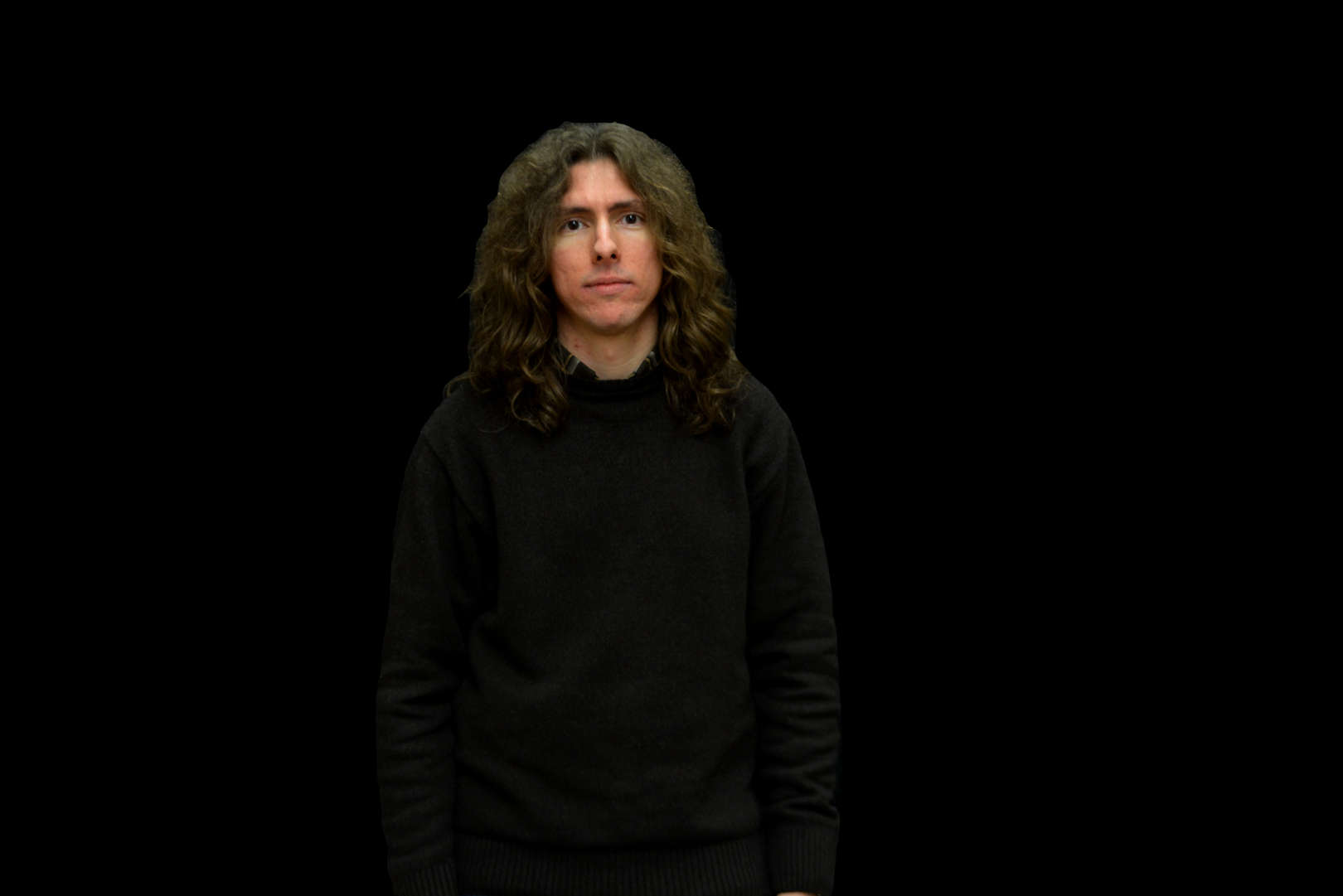Sobre
Sou Mestre em Engenharia Informática e Computação, tendo frequentado o curso que antes do processo de Bolonha era designado por LEIC (Licenciatura em Engenharia Informática e Computação), no qual ingressei, na Faculdade de Engenharia da Universidade do Porto (FEUP), em 2001. No ano letivo de 2006/2007 tive o meu primeiro contacto com o INESC, no 2º semestre, através do estágio de fim de curso, na antiga UTM, sob orientação do Prof. Jaime Cardoso. No ano de 2007 decorreu a transição do curso LEIC para MIEIC (Mestrado Integrado em Engenharia Informática e Computação), na FEUP, e foi dada a possibilidade aos alunos para concluírem o curso como LEIC ou continuarem como MIEIC. Pensando no meu futuro optei por continuar no novo curso, realizando a respetiva dissertação, sob a mesma orientação no INESC, tendo concluído em 2008 com o grau de Mestre.
Fui bolseiro no ano de 2008 e em 2009 não estive associado ao INESC, mas em Dezembro desse ano regressei, mas numa outra unidade, a antiga USIG, agora designada por CSIG, sob orientação do Engº José Correia, na qual permaneço até à atualidade.
No meu percurso no INESC Porto - agora INESC TEC -, participei em vários projetos e atividades de diferentes âmbitos e objetivos, desde investigação a prestação de serviços, nomeadamente com a realização de desenvolvimento e participação em projetos de consultoria, tendo inclusive adquirido ao longo deste percurso novos conhecimentos e capacidades que fortaleceram as minhas competências. Nos trabalhos de investigação houve publicação de artigos científicos e participação em conferências.


